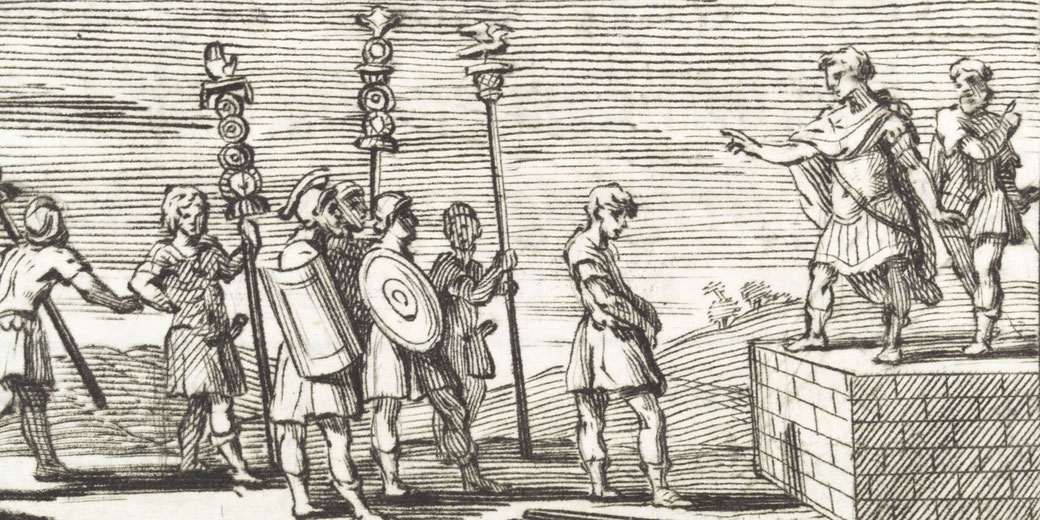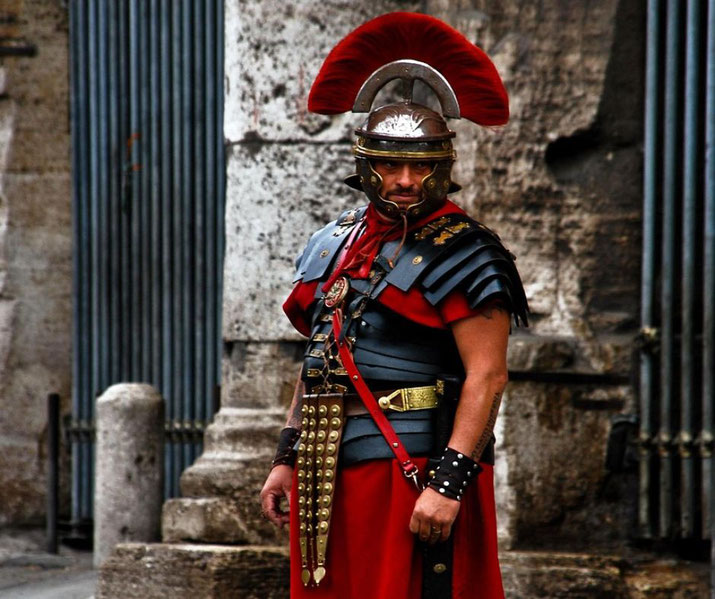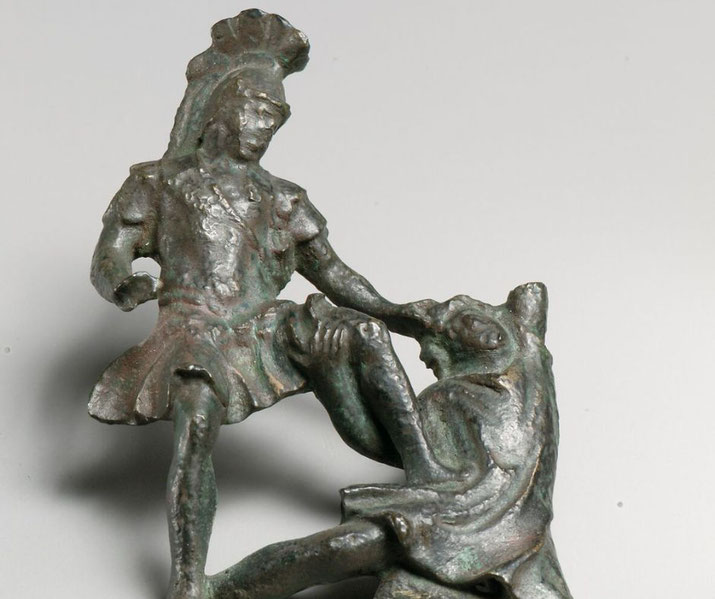How to join the ancient Roman army

The Roman Army played a key role in the growth and upkeep of the Roman Empire.
However, its success came from its well organised recruitment system rather than its battle skills or advanced weapons.
This system provided a steady stream of able soldiers from different backgrounds who were prepared to defend and expand Rome’s borders.
The steps of recruitment, from who could sign up to the rewards at retirement, aimed to attract the best of Rome’s citizens and people from conquered lands.
How the Roman army changed over time
The Roman Empire, from its legendary founding in 753 BCE to the fall of the Western Roman Empire in 476 CE, saw major changes in its army structure and recruitment methods.
At first, in the Roman Kingdom (c. 753 to 509 BCE), the army was mostly made up of citizen militias.
These militias worked on a tribal basis, with service tied to land ownership and social status.
After the Republic began in 509 BCE, the army started to change.
In the mid‑Republic period, especially during the 2nd and 1st centuries BCE, Gaius Marius introduced the Marian Reforms, which removed the property requirement for military service, which allowed poor citizens to join the legions.
This change was significant, as it turned the Roman army from an temporary force of citizen‑farmers into a professional standing army.
During the Pax Romana (27 BCE to 180 CE), Rome was at its most powerful. Its borders reached Britain in the north, Egypt in the south, Spain in the west, and Mesopotamia in the east.
To manage this vast area, the empire had to use both its legions and auxiliary units. Auxiliaries were non‑citizen soldiers that were recruited from new provinces or allied states.
These units gave Rome a mix of soldiers that included cavalry, archers, and light skirmishers.
With in the inclusion of the auxiliaries, at its peak in the 2nd century CE, the Roman army had about 400,000 soldiers.

What kind of people could join the Roman army?
The Roman Army chose recruits carefully to keep its force effective and united.
At first, in the early Republic, recruits needed to meet property rules set by the centuriate system.
This meant only those with land and the means to buy equipment could serve.
It was meant to ensure that soldiers had a stake in Rome’s success, because they had property to protect.
Marius’s reforms changed this by letting the capite censi, or head count, of the poorest citizens.
This opened service to many more Romans, and they joined with a promise of rewards, mainly land.
Regardless, physical fitness was vital for service. Recruits faced checks to prove they were fit for marches with heavy packs and close combat.
They needed good eyesight, no serious injuries, and the strength to endure tough training.
In terms of age, young men in their late teens or early twenties were ideal. However, this requirement could shift if Rome needed more soldiers.
Unfortunately, women could not serve in the army but carried out important roles as camp followers, nurses, and traders in army camps.
These roles supported the army’s supply needs.

How people were recruited
During the early Republic, the process of recruitment was relatively straightforward: as the state required military service from its eligible citizenry, a levy, or dilectus, would be called.
Men of military age would assemble, and officials would select those deemed fit for service.
This method, however, was largely dependent on the social and economic makeup of early Rome, where military service was both a duty and a privilege of the property-owning class.
Later, under the Marian Reforms, the army began to see an increase in volunteers.
The promise of steady pay, spoils of war, and post-service land grants made the army an attractive career option for many.
As a result, this voluntary enlistment became the main support of the Roman army for centuries.
The auxiliaries units, by comparison, were often raised in specific regions, which capitalised on local combat specialities.
For instance, bowmen might be recruited from regions known for their expertise in archery.
In times of urgent need or emergency, the Empire sometimes resorted to conscription, though this was less common and often a last resort.
Conscripted soldiers did not always perform as reliably or loyally because they lacked the motivation of volunteers.
Recruitment was also influenced by the empire's political climate. Because emperors and generals wanted to secure loyalty, they sometimes formed personal guard units or legions.
These units were fiercely loyal to their benefactors because they received better pay and benefits.
Julius Caesar’s conquest of Gaul (58 to 50 BCE) demonstrated the power of a fully professional army.
His legions, such as the famed Legio X Equestris, became loyal to their commander rather than the Roman Senate.
This change set a precedent for future military conflicts.

How long did soldiers serve in the Roman army?
Soldiers, upon enlistment, were bound by a fixed term of service, which evolved over time in response to the Empire's changing needs and circumstances.
During the early days of the Republic, military service was seasonal. Soldiers returned to their farms and families once the campaigning season was over.
However, as the Empire expanded and the demands of prolonged military campaigns in distant lands grew, the terms of service became longer.
By the time of the Principate in 27 BCE, the standard term of service for a legionary had become 25 years.
By this point, legionaries were full-time soldiers with fixed salaries and pensions, and their twenty-five-year commitment ensured continuity and experience within the legions.
At the end of their service, they were entitled to a discharge bonus, known as praemia militare, which often took the form of a land grant but could also be monetary.
If land was given, it was typically in newly conquered or colonised regions. This rewarded the veteran and furthered Roman colonisation and control.
Auxiliaries, the non-citizen soldiers, also served terms that were roughly equivalent to their legionary counterparts.
At the end of their service, they were granted Roman citizenship: a highly coveted status that brought with it numerous legal and social benefits.
This citizenship also extended to the soldier’s children, which meant that military service became a pathway to greater social mobility for many provincial families.
Following discharge, veterans often settled in colonies or coloniae, such as Colonia Claudia Ara Agrippinensium in modern-day Cologne, which quickly became hubs for retired soldiers.
Here, they started new lives where they often farmed or took up trades.
What do you need help with?
Download ready-to-use digital learning resources
Copyright © History Skills 2014-2025.
Contact via email
With the exception of links to external sites, some historical sources and extracts from specific publications, all content on this website is copyrighted by History Skills. This content may not be copied, republished or redistributed without written permission from the website creator. Please use the Contact page to obtain relevant permission.





